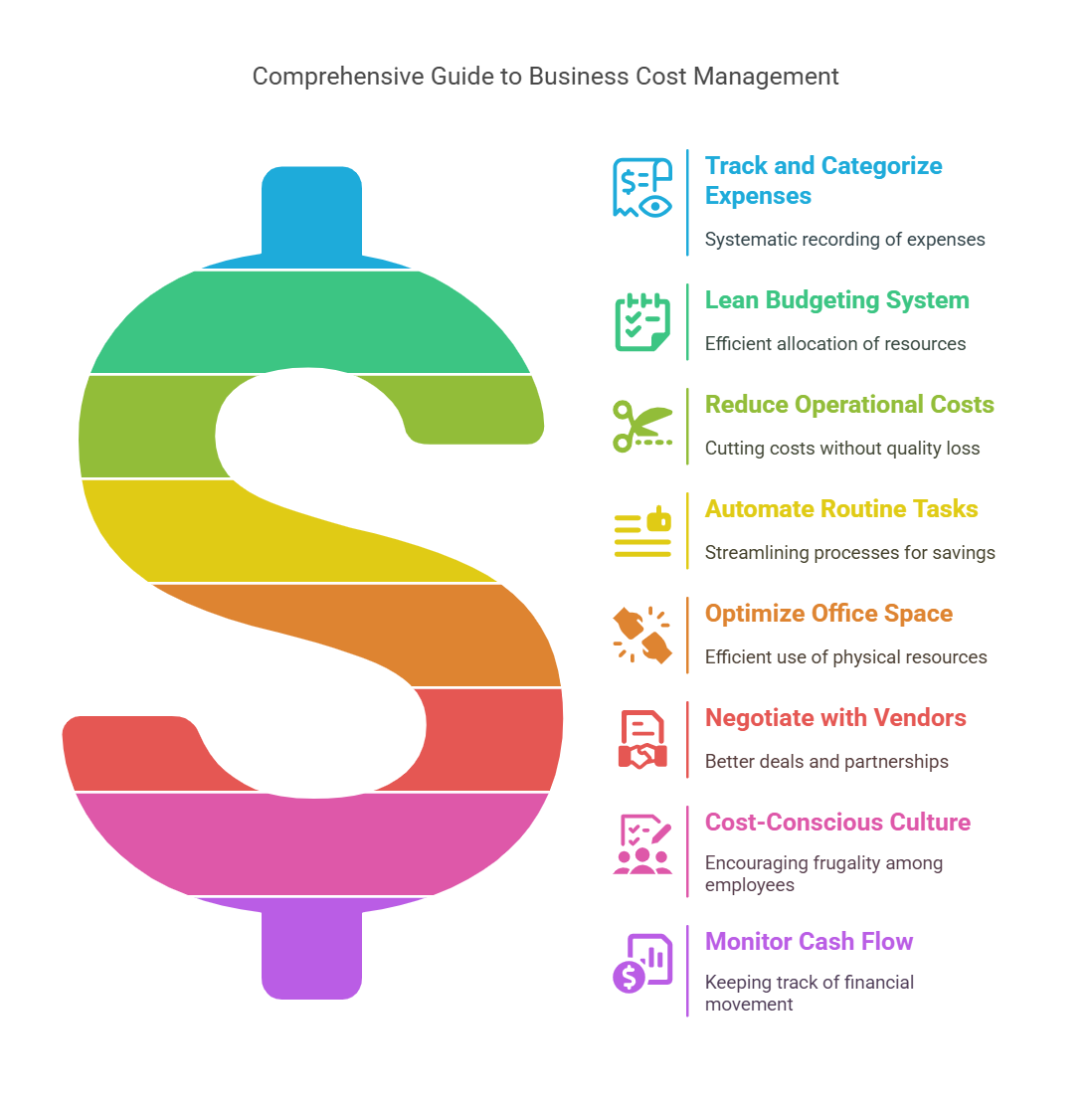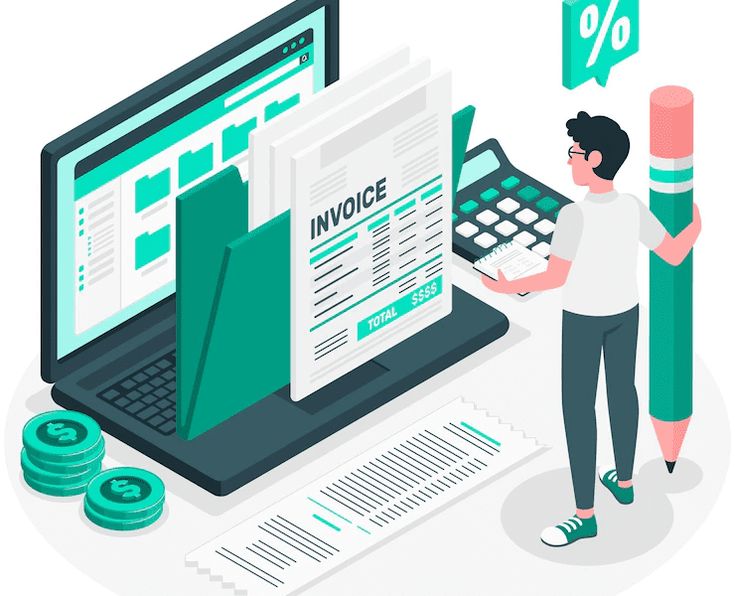 Introduction
Introduction
Are high business expenses eating into your profits? If so, it’s time to take control. Reducing unnecessary costs and optimizing financial management can significantly increase profitability without sacrificing efficiency. Tracking expenses, setting a budget, and implementing smart cost-cutting strategies can help businesses allocate resources more effectively while improving cash flow. This guide explores practical methods to manage and reduce business expenses, ensuring financial sustainability for startups, small businesses, and growing enterprises.
Who Will Benefit from This Guide?
This article is perfect for small business owners, startup founders, entrepreneurs, and financial managers looking to optimize spending and maximize profit margins. Industries such as retail, e-commerce, SaaS, manufacturing, and service-based businesses can benefit from these strategies by streamlining their operational costs and enhancing overall financial efficiency.
Smart Strategies to Cut Business Expenses and Increase Profits

1. Track and Categorize Every Business Expense
Before reducing costs, you must first understand where your money is going. Tracking expenses allows businesses to identify wasteful spending and make data-driven financial decisions.
Using accounting tools like MyBM, QuickBooks, or FreshBooks helps automate expense tracking and ensures that every transaction is recorded in real-time. Categorizing expenses into sections like rent, payroll, marketing, and utilities provides better visibility.
Regular expense reviews help eliminate unnecessary spending and improve financial management. Even small recurring costs can add up over time, so reviewing subscriptions, memberships, and service fees is crucial.
2. Set Up a Lean Budgeting System
A structured budget ensures financial stability and prevents overspending. Businesses should establish clear spending limits for different departments and review financial reports regularly.
Using cloud-based budgeting tools helps monitor expenses in real-time, making it easier to adjust spending as needed. Updating budgets quarterly ensures that financial plans align with current business performance and market conditions.
Focusing on essential business areas such as marketing, product development, and customer service while cutting non-critical expenses can significantly improve profitability.
3. Reduce Operational Costs Without Sacrificing Quality
Many businesses unknowingly overspend on subscriptions, office space, and utilities. Reviewing and eliminating redundant costs can lead to significant savings.
Canceling unused software subscriptions and opting for cost-effective alternatives can help lower expenses. Similarly, negotiating better pricing with vendors and suppliers ensures businesses get the best deals.
Switching to energy-efficient appliances and adopting eco-friendly office practices can reduce utility bills. Even simple changes, like turning off unused devices, can contribute to lower operational costs.
4. Automate Routine Tasks to Save Time and Money
Automation helps businesses streamline operations, reduce labor costs, and improve efficiency. Implementing digital tools minimizes manual work and reduces the risk of human error.
Using automated invoicing, payroll, and bookkeeping software ensures accuracy while saving time. Customer relationship management (CRM) tools improve client interactions, while AI chatbots handle routine customer inquiries without the need for additional staff.
Although automation requires an initial investment, it leads to long-term cost savings and increased productivity.
5. Optimize Office Space and Reduce Overhead Costs
Rent and office-related expenses can be significant financial burdens. Businesses should assess their workspace needs to find ways to cut costs.
With the rise of remote and hybrid work models, downsizing office space or switching to co-working spaces can save thousands annually. Subleasing unused office space can also generate additional income.
Reducing energy consumption by using LED lighting, smart thermostats, and energy-efficient devices can further lower utility bills. Small adjustments can make a noticeable difference in overhead costs.
6. Negotiate with Vendors and Suppliers
Many businesses overpay for products and services simply because they fail to negotiate. Suppliers and vendors often provide discounts for bulk purchases or long-term contracts, but businesses must take the initiative to ask.
Comparing prices from multiple suppliers ensures that businesses receive the best value for their money. Negotiating better terms and requesting volume discounts can further reduce expenses.
Building long-term relationships with reliable suppliers often leads to better deals, priority service, and exclusive discounts.
7. Encourage a Cost-Conscious Work Culture
Employees play a crucial role in managing business expenses. Creating a cost-conscious culture helps reduce unnecessary spending and improves financial efficiency.
Implementing clear spending policies prevents wasteful expenses. Encouraging paperless documentation and digital communication reduces printing and supply costs.
Recognizing and rewarding employees who suggest effective cost-cutting ideas fosters a proactive approach to financial management.
8. Monitor Cash Flow and Adjust Strategies as Needed
Strong cash flow management ensures financial stability and prevents liquidity issues. Regularly reviewing income and expenses allows businesses to stay profitable and plan for future growth.
Using financial forecasting tools helps businesses predict upcoming expenses and make necessary adjustments. Analyzing balance sheets and profit margins enables companies to identify areas for improvement.
Maintaining an emergency fund provides financial security during unexpected downturns, ensuring the business remains stable even during challenging times.
Final Thoughts: Save Money, Boost Profits
Reducing business expenses doesn’t mean sacrificing quality or efficiency. By implementing smart cost-cutting strategies, businesses can optimize spending, increase profitability, and improve financial sustainability.
Tracking expenses, budgeting wisely, automating processes, and negotiating better deals all contribute to a lean and financially sound business. Small adjustments, when applied consistently, can lead to substantial savings and long-term growth.
Start Cutting Costs Today:
✔ Track expenses smarter with MyBM—your all-in-one business expense management tool.
✔ Consult a financial expert for custom cost-saving solutions.
✔ Share your experience! What strategies have helped you save money in your business? Comment below!



